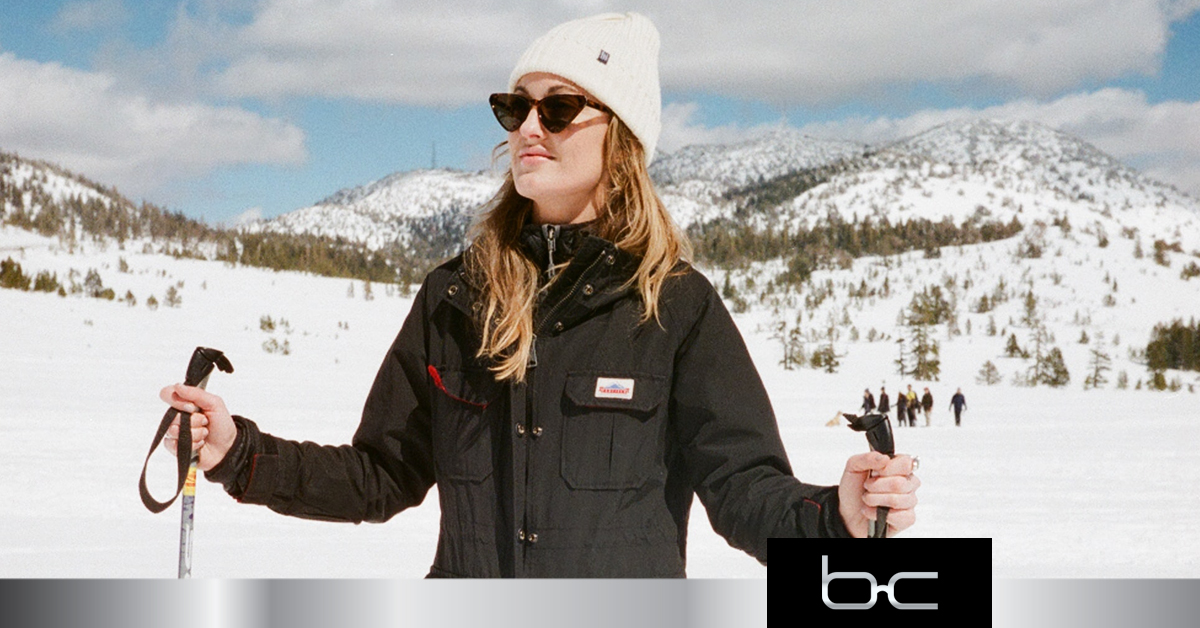While mainstream messaging can’t stop pairing sunglasses with pools and beaches, the fact is you need sunglasses in the winter even more. This is especially true for skiers and other outdoor winter enthusiasts.
The combination of higher altitudes, reflective snow, and wide-open spaces creates more UV light exposure than a swimming pool ever could.
UVA, UVB, UVC – What to Know
UV radiation is classified into three primary types: ultraviolet A (UVA), ultraviolet B (UVB), and ultraviolet C (UVC).
UVA rays are the weakest, yet they can still pass through your eye’s cornea and reach the lens and retina. UVB rays can cause sunburns and eye damage. UVC rays are the highest energy but are blocked by the earth’s ozone layer.
UV exposure increases the risk of photokeratitis – or sunburn on the surface (cornea) of your eye. But that’s not all.
Over time, prolonged UV exposure may also increase the risk of:
- Cataracts (clouded lens)
- Macular Degeneration (retina deterioration)
- Pinguecula (yellow spot on the white of the eye)
- Pterygia (pink growth on the clear tissue of the eye)
The harm caused by UV exposure is progressive so damage to your eyes builds over time.
When purchasing sunglasses, UV protection is the most important factor. Here are some important things to know:
- Eyewear that filters 100% UVA and UVB rays provide the maximum protection
- Look for eyewear that reduces glare and does not distort color.
- UV protection is also available in some clear lenses.
Why You Should Work With An Optometrist
Not all lenses are equal. For example, some sunglasses have a spray-on UV protective coating that may wear off with cleaning.
When it comes to protecting your eyes from the sun – don’t take any chances. Ask your optometrist for guidance.
Visit Bauer & Clausen Optometry to find UV protective sunglasses for winter and every season.




